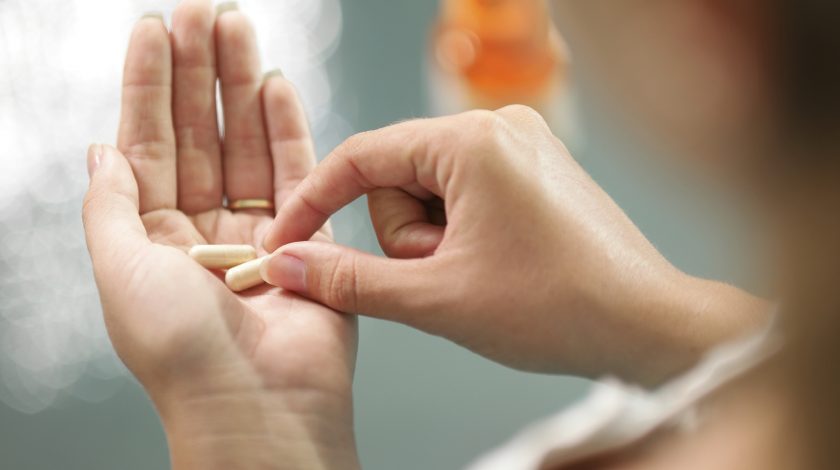Another ‘digital pill’ that tracks adherence to a common opioid could be on its way to market thanks to a successful initial feasibility study.

Earlier this month, the FDA approved the first-ever digital pill in the form of Otsuka and Proteus’ Abilify MyCite.
The pill combines Otsuka’s mental health medicine Abilify with Proteus’ ingestible sensor to know when patients have taken their medication.
If a patient hasn’t done so, an alert can be sent to their doctor who can then follow up with their patient in an attempt to improve their adherence.
In this instance, the experimental medication, created by eTectRx, combines the common opioid oxycodone with a wireless ingestible sensor.
A radio frequency is emitted from the pill once it is activated in the stomach which is transmitted to a wearable and an accompanying app.
Data as to when the pill was taken is then passed onto a cloud platform which can be accessed by the patient’s care team to monitor their adherence.
In a small feasibility study carried out at Brigham and Women’s Hospital in Boston, Massachusetts, the eTectRx’s pill was given to 26 patients who had been discharged from emergency care with fracture pain.
Of the 26, 15 patients completed the study, taking a median average of six of their prescribed 21 oxycodone pills. Interviews with participants were then conducted to confirm the study’s findings.
In previous research, the pill was found acceptable by eight out of 10 users, with nine out of 10 reporting that they were willing to keep taking the pill to improve adherence monitoring.
A broader issue
In terms of feasibility, the pill worked. However, the results suggested a wider issue with opioid prescription.
In the US, opioid abuse has developed into an epidemic and has even been labelled a ‘national emergency’ by President Trump.
As the study authors note, pill ingestion varied widely among patients from three to almost ten over the study’s seven-day period. Many of the participants also took most of their pills during the first few days which then tailed off over time.
As a solution, the authors “propose that clinicians consider instructing patients to begin tapering the dose of opioid analgesics beginning at 24 hours after injury, which would also reduce the number of pills dispensed, and ultimately wasted or made available for diversion.”
Earlier this week, the FDA published guidance encouraging companies to develop generic abuse-deterrent opioid drugs as part of its drive to end the opioid addiction epidemic.
